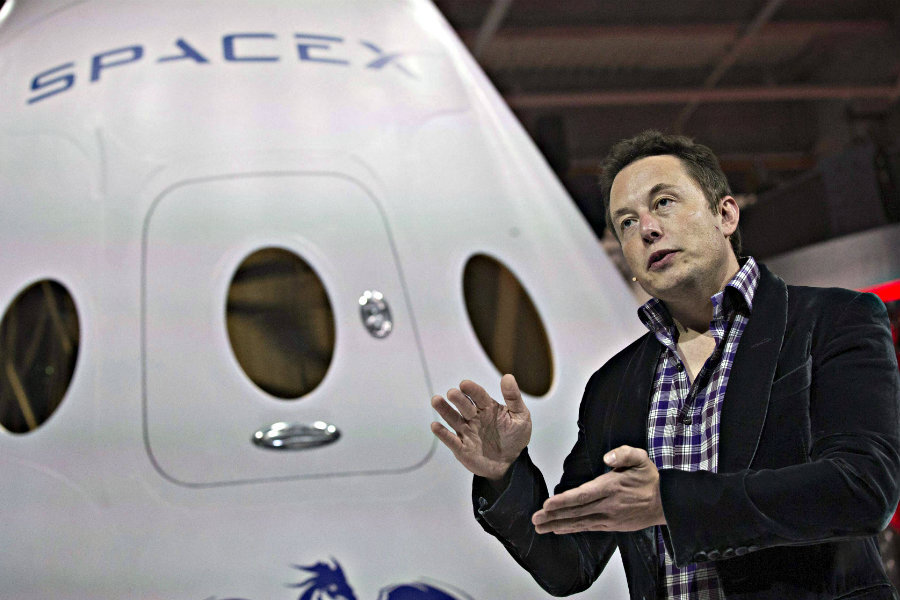Why SpaceX is delaying its first human crewed flight
Loading...
The private spaceflight company SpaceX confirmed plans to delay the launch of its crewed spacecraft from 2017 to 2018, just months after a launchpad explosion destroyed an uncrewed craft and its cargo.
The company, which is known for its unconventional approaches to rocketry and its plans to take humans to Mars, expressed caution at a meeting of the NASA Advisory Council’s human exploration and operations committee in November. This week, NASA announced and SpaceX confirmed their plans to delay both crewed and uncrewed test flights using the Crew Dragon craft.
“We are carefully assessing our designs, systems, and processes taking into account the lessons learned and corrective actions identified,” SpaceX said in a statement. “Our schedule reflects the additional time needed for this assessment and implementation.”
September’s launch pad explosion of a Falcon 9 rocket was a shock for SpaceX. The company has spent the months since the explosion reconsidering their procedures and designs.
A joint investigation conducted by SpaceX, NASA, the US Air Force, and the Federal Aviation Administration attributed the explosion to a problem with SpaceX’s fueling process. Unlike other spaceflight companies, SpaceX uses a cryogenic propellant, a super-chilled mixture of liquid oxygen and kerosene that is intended to provide rockets with more boost than a less dense fuel could.
After the launchpad explosion, The Christian Science Monitor’s Joseph Dussault reported that some experts have expressed concern in the past about SpaceX’s launch timeframe. Dussault writes:
SpaceX has attributed the malfunction to an “anomaly” on the launch pad. Some industry experts, such as former NASA official Scott Pace, expressed concern after the company’s failed launch.
“SpaceX is running a punishing schedule,” Pace, who is now the director of the Space Policy Institute at George Washington University, told The New York Times. “There is probably some human factor involved here. To what extent was human error part of this? And if so, why? Are you running your people too hard? What are your safety requirements?”
But NASA and other experts have stressed that, given the scope of the company’s work, scattered mishaps are normal. Even after Thursday’s explosion, SpaceX’s success rate hovers near the mid-90 percent range.
Although the first crewed flight in a Crew Dragon craft was originally scheduled for late 2017, SpaceX now says that it expects to run an uncrewed test in November 2017. The first crewed launch is now expected to take place in May, 2018.
There are currently two companies working with NASA on its Commercial Crew program, through which commercial spaceflight companies will eventually send astronauts into space.
The other company involved in the program, Boeing, has also delayed its own flights twice, and is now expected to first send humans into space in August, 2018.






